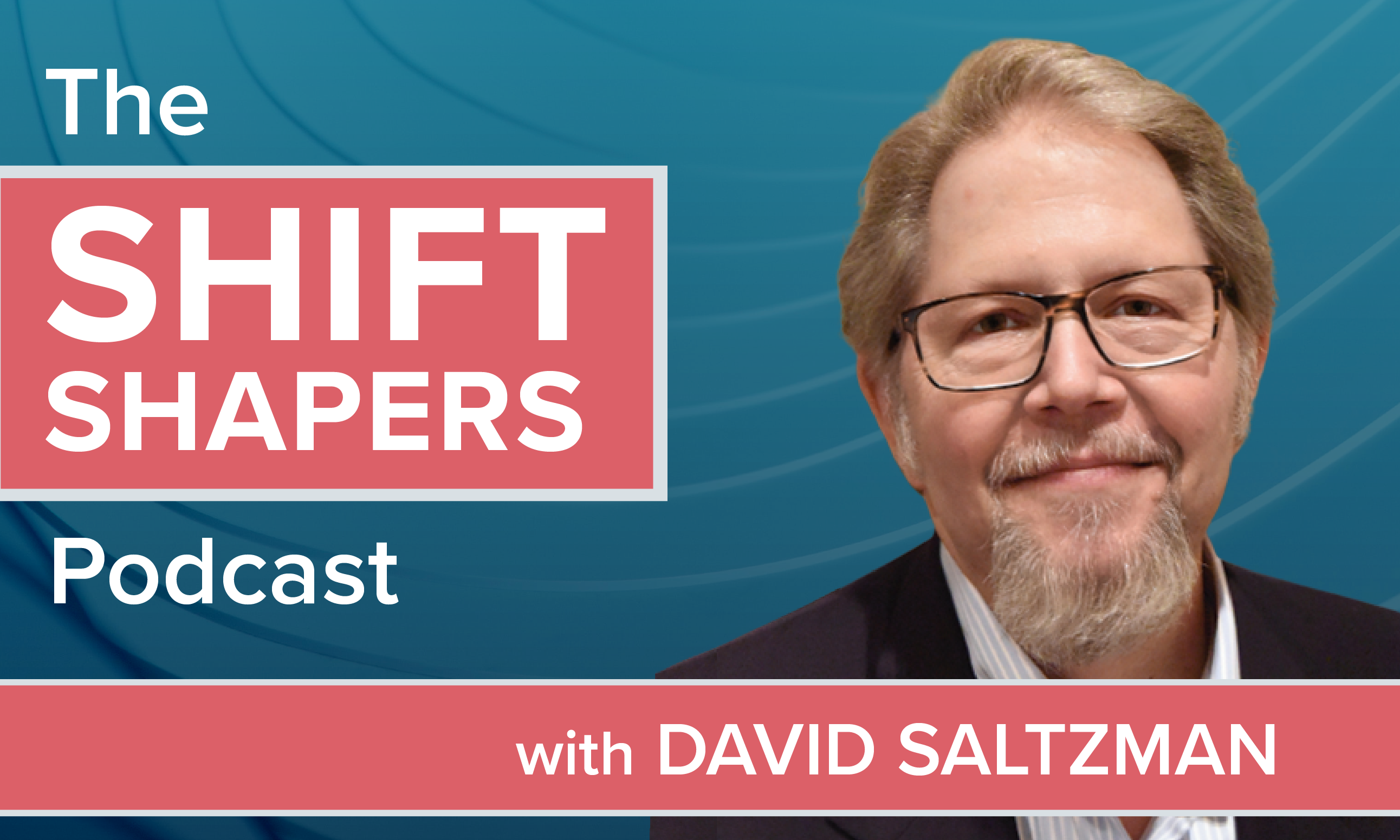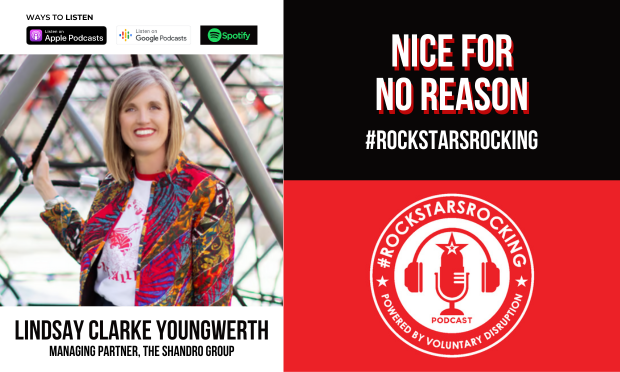
Employer wellness programs exist for two key reasons: 1) to saveon a company's health care costs; and 2) to help keep employeeshealthier and more productive. Despite their existence since theearly 1970s, the truth is that wellness programs, in general, havebeen ineffective at demonstrating a clearreturn-on-investment (ROI) for employers. At the same timehowever, scientific research indicates employers shouldsee a return of $1.50 to $2.00 from each dollar spent on wellnessprograms. The disconnect between studies and reality stems from thefact that there is no simple way for an organization to realize thesame results. Instead, to be successful, an employer must implementwellness programs by first developing a concrete strategy to driveand track employee engagement.
|We are not suggesting your clients focus solely on the number ofindividuals who have signed up for a wellness program or areaccessing its services. Rather, these employers should utilize dataand analytics to optimize their wellness efforts and create moretargeted, meaningful and personalized programs for theiremployees.
|After all, simply providing a generalized wellness program forall employees is not an effective approach. A non-tailored programtypically only attracts the healthiest of employees — those whoalready demonstrate high levels of motivation and do not requireemployer incentives. While they may regularly utilize the gym, logtheir number of daily miles and earn rewards, it is not the drivingreason behind their conduct, nor does it impact behavioral changesacross their organization. Keep in mind, these are not theindividuals adding to a company's health care expenditures orreducing overall productivity; in fact, they are likely the leastcostly and often most efficient employees.
|This is where data analytics plays a role for benefitsconsultants, employers and HR departments, particularly withinlarger organizations. While the term “big data” has becomeubiquitous across all industries, for those looking to build aculture of health and well-being, it serves one primary purpose: totrack and trend human behavior. Without accessing any personallyidentifiable health information, employers can utilize dataaggregates from their insurers and service providers to optimizetheir wellness programs, and in particular, their incentives.
|By tracking employee health at the aggregate level, brokers andemployers have a clear view of which specific health conditions aremost prevalent among employees and their families. For example, ifdata indicates that a significant segment of an employer's staffstruggles with obesity-related health issues, the wellness programshould be optimized to include specific guidelines to helpemployees maintain healthier diets and exercise more (even prior toconsidering weight management challenges). This common senseapproach, based in sound clinical practices, could be applied toany condition or disease, from diabetes and high cholesterol tomental health issues like depression or anxiety. Also, while theevidence for using wearable technology to track activities is stilllacking, if such devices motivate a population segment that was notpreviously active, there is no harm in deploying suchstrategies.
|By making employee health and well-being a priority andoptimizing wellness programs to target the most prevalentconditions in their workforces, employers can better engageemployees with the program itself. This engagement can then bereinforced by strong support from senior leadership and middlemanagement. This is particularly important as line managers are keyto making health and wellness a part of the company's daily workand community activities. In order for any wellness program to beeffective, management has to demonstrate this support through theiractions and reinforce it each and every day.
|This represents a more modern approach to employee health. Inlieu of the traditional reactive approach that attempts to manage ahealth problem after it has already developed, employers can take aproactive approach that looks to stop damaging chronic conditionsfrom developing in the first place. This is playing the long game,and is focused on minimizing health care expenditures and improvingproductivity well into the future. Thus, the data employers trackmust be targeted towards specific engagement levels in thosetargeted activities.
|Consider obesity as an example. It is one of the leading riskfactors of heart disease in America today, according to the Mayo Clinic. By helpingemployees better manage this condition prior to it developing intoacute heart disease, employers can potentially save hundreds ofthousands of dollars in health care expenditures, sometimes on asfew as one or two employees. And more importantly, it couldpotentially save the lives of valued employees.
|Likewise, encouraging those same individuals to be active on adaily basis will improve their productivity, both in and outside ofthe office. By encouraging employees to live physically, mentally,emotionally and spiritually healthy lives, employers can helpemployees facilitate their lifelong goals and dreams. For example,research has shown that employees who get at least 75 minutes ofhigh-intensity physical activity per week, miss an average of4.1 fewer work days per year. This allows themto better focus on being productive at work, and their home liveswill often improve once they've left the office with their jobscomplete.
|Of course, even after an employer's wellness program has beenoptimized, it's only effective if employees are aware of it, so itis often necessary to educate employees on the company benefits andhow to utilize them. While some employees will intuitively utilizetheir benefits, the vast majority of them require a certain levelof education and encouragement beforehand. This means consistentlycommunicating with them on how to access benefits and select onesbest suited to their individual needs. This too can be tracked andtrended to ensure maximum visibility among employees.
|By taking the time to identify which programs and servicesemployees and their families value the most, consultants and theiremployer clients can create comprehensive, personalized benefitsprograms that not only improve employee well-being, but also loweroverall costs and drive corporate engagement. And, in doing so,employers better position themselves to create a healthier and moreproductive workforce
|Dinesh Sheth is founder and CEO ofGreen Circle Health, which is dedicated to using innovativetechnologies to improve health and well-being of employees andtheir families. Its GCH Platform functions as a single HR benefitsapp and a communications gateway that facilitates remotemonitoring and the exchange of information in real-time drivingengagement and lowering costs by ensuring that employees and theirfamilies receive timely care and live coaching it eliminateseliminating unnecessary hospital visits and delayed treatment. Formore information, follow Green Circle Health on Twitter(@GreenCircleH) and visit www.greencirclehealth.com.
Complete your profile to continue reading and get FREE access to BenefitsPRO, part of your ALM digital membership.
Your access to unlimited BenefitsPRO content isn’t changing.
Once you are an ALM digital member, you’ll receive:
- Critical BenefitsPRO information including cutting edge post-reform success strategies, access to educational webcasts and videos, resources from industry leaders, and informative Newsletters.
- Exclusive discounts on ALM, BenefitsPRO magazine and BenefitsPRO.com events
- Access to other award-winning ALM websites including ThinkAdvisor.com and Law.com
Already have an account? Sign In
© 2024 ALM Global, LLC, All Rights Reserved. Request academic re-use from www.copyright.com. All other uses, submit a request to [email protected]. For more information visit Asset & Logo Licensing.








